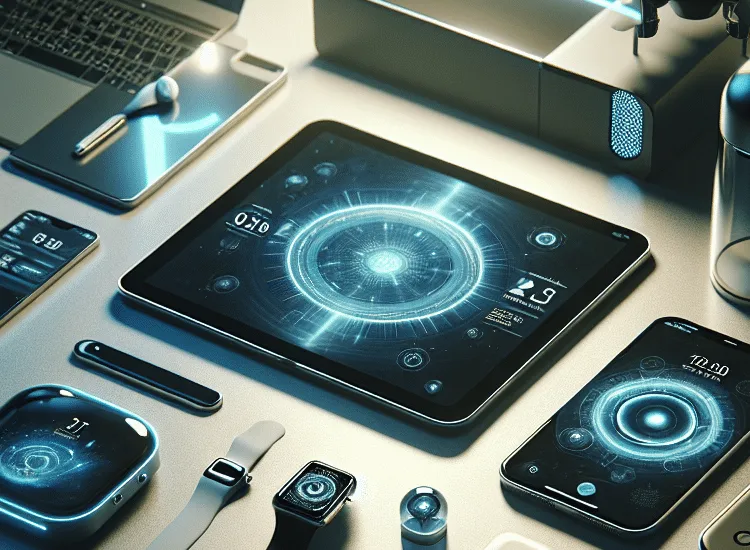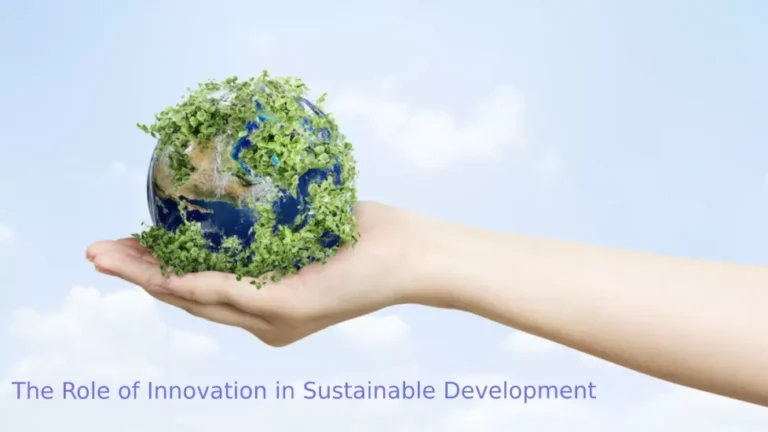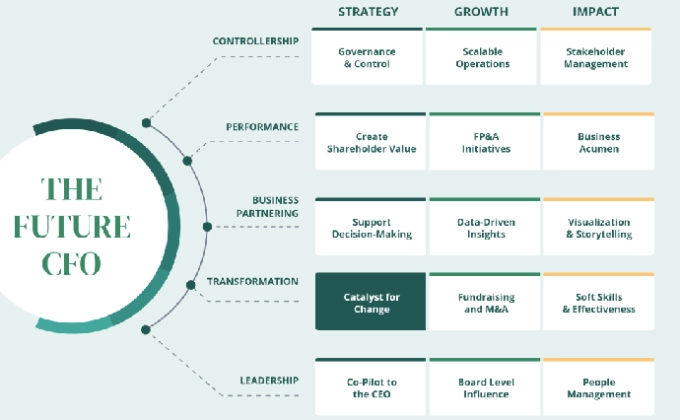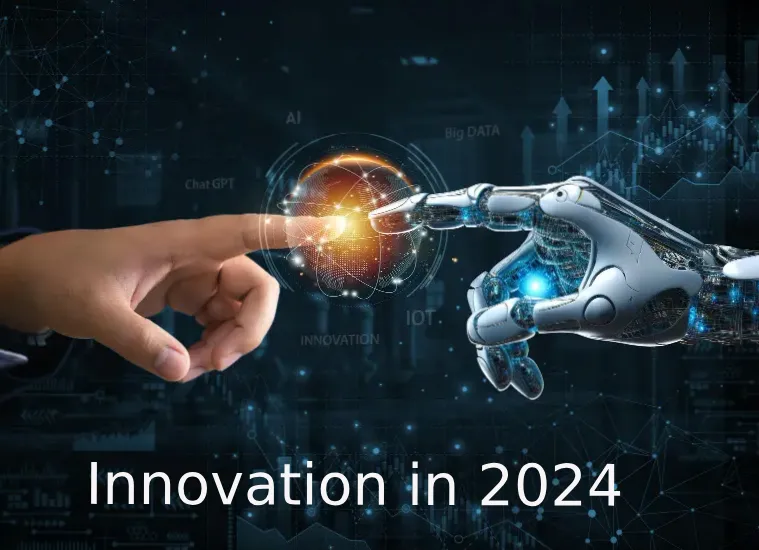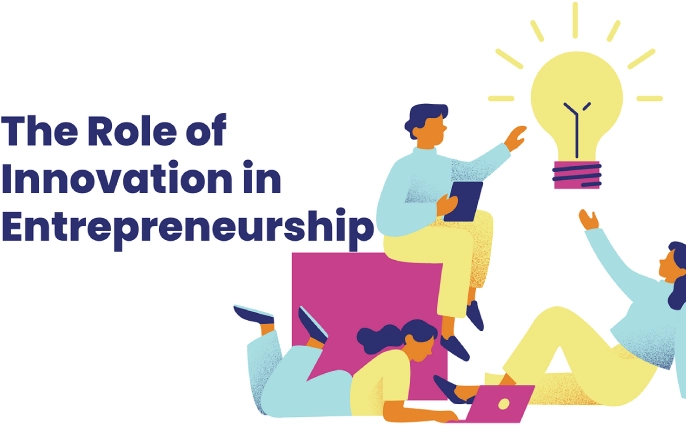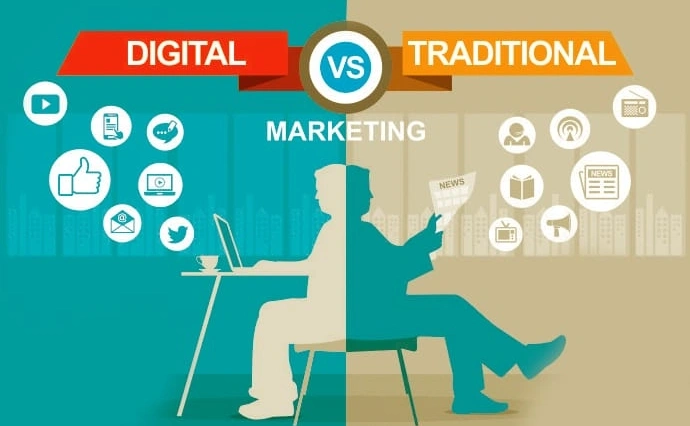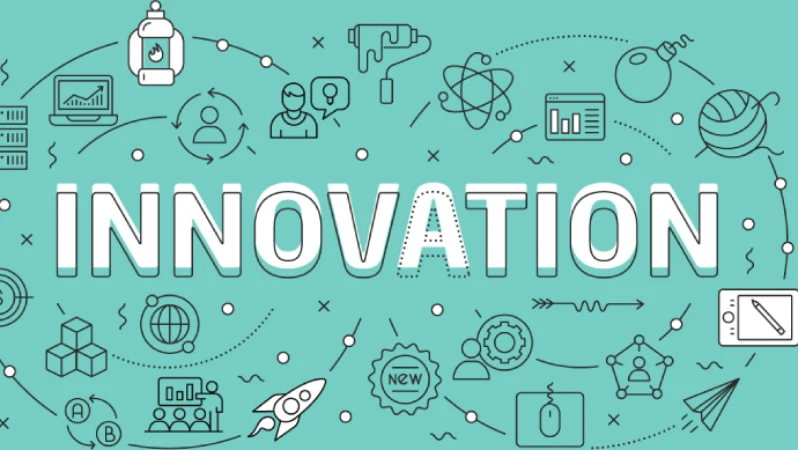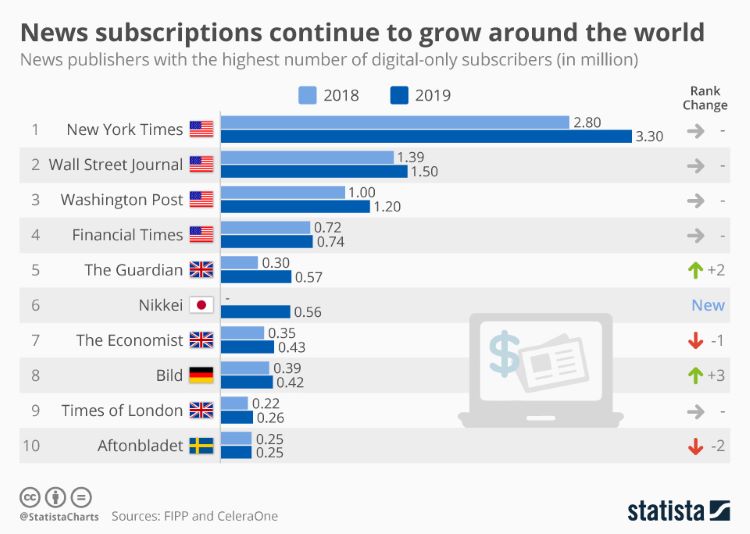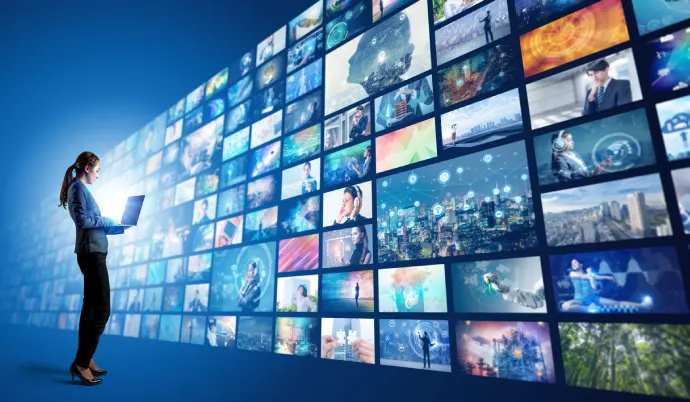Introduction
Welcome to the Tech-Review-of-2024, where we dive into the most exciting technological innovations of the year. From breakthrough gadgets to cutting-edge software, this review highlights the advancements that are shaping our world. Whether you’re a tech enthusiast eager to discover the latest trends or just curious about what new devices are hitting the market, we’ve got you covered. Join us as we explore the coolest smartphones, wearable tech, smart home devices, and entertainment systems that are redefining our daily lives and pushing the boundaries of what’s possible.
Tech-Review-of-2024: The Coolest Gadgets and Trends
From gadgets that spark joy to software that empowers us, the Tech-Review-of-2024 will highlight the year’s most exciting products and trends. As you read on, prepare to be amazed by the creativity of innovators who are pushing boundaries and changing what’s possible.
Furthermore, join us as we explore the emotional connections we form with technology and celebrate its incredible potential. Whether you’re a tech enthusiast or simply curious about the future, this review will leave you feeling inspired and excited.
- The technological environment of 2024 is full of progress in AI, augmented reality, sustainable tech, and better connectivity.
- These trends are reflected in the devices we explore, showing how the industry adapts to what consumers want.
- This article aims to give a complete overview of the gadgets shaping 2024, perfect for tech lovers and those curious about new advancements.
Get ready for a fun journey into the amazing technology defining this year. We’ll look closely at various devices, discussing their unique features and benefits. As we explore this exciting landscape, you’ll see how these gadgets improve our daily lives and change how we interact with the world.
Tech-Review-of-2024: Smartphones – The Next Generation of Mobile Technology
In 2024, smartphones continue to lead personal technology, with manufacturers constantly improving design, features, and performance. This year’s top smartphones show remarkable advancements in key areas.
Tech-Review-of-2024: AI-Powered Smartphones
In 2024, artificial intelligence in smartphones reached new levels. Devices now have powerful on-device AI chips for natural language processing, real-time translation, and predictive behavior analysis. The result? A more personalized and intuitive experience.
A standout is the Neuropore X1. It has a neural processing unit that handles complex AI tasks without cloud processing. This boosts privacy, speeds response times, and improves power management. The Neuropore X1’s AI also enhances voice recognition, making virtual assistant interactions more natural.
Foldable and Flexible Displays
Foldable smartphones gained popularity in 2024 with better designs that combine portability with larger screens. The Flex iPhone Pro is a top choice with a three-fold design that becomes a tablet in seconds.
We also see truly flexible displays emerging. The Elastic Phone concept can expand up to 50% for a bigger viewing experience. This flexibility opens new possibilities for multitasking and content consumption, blurring the lines between smartphones and tablets.
Advanced Camera Systems
Smartphone cameras took another leap in 2024, with computational photography and advanced sensors creating images rivaling professional cameras. The Photometer Pro smartphone features a revolutionary light-bending sensor that captures incredible detail, even in low light.
6G Connectivity
With 5G now widespread, 2024 saw the first rollout of 6G technology in some markets. The Ultra Connect X smartphone is one of the first to support this, offering blazing speeds up to 1 terabit per second and super-low latency.
This new connectivity level opens possibilities for augmented reality, holographic communications, and seamless IoT integration. The Ultra Connect X makes the most of 6G with features like real-time holographic video calls and instant cloud computing, reducing the need for on-device storage.
Tech-Review-of-2024: Wearable Technology – Beyond Fitness Tracking
Wearable technology evolved significantly in 2024, moving beyond fitness tracking to offer health monitoring and augmented reality experiences.
Health-Focused Smartwatches
This year’s smartwatches have become powerful health tools. They feature sensors that monitor vital signs, sleep patterns, and stress levels. The Health Guard Pro watch stands out with non-invasive blood glucose monitoring and early heart problem detection.
These devices offer personalized health insights and AI-powered recommendations. They can even connect with healthcare providers for remote monitoring, revolutionizing preventive care. The Health Guard Pro also has an ECG sensor that detects irregular heart rhythms, giving early warnings of potential issues.
AR Smart Glasses
Augmented reality smart glasses made big strides in 2024, with sleeker designs and more power. The Visionary glasses seamlessly blend the digital and physical worlds, projecting high-resolution images directly onto the user’s view.
These devices are used in various industries, from workplace productivity to immersive gaming. Eye-tracking and gesture controls allow intuitive interaction with virtual objects and information overlays. The Visionary glasses also have spatial audio, creating a truly immersive AR experience that engages multiple senses.
Smart Clothing
Smart clothing gained traction in 2024, with garments that use sensors to enhance comfort and performance. The Smart Jacket uses advanced materials to adjust insulation based on body temperature and surroundings.
For athletes, the Performance Weave sportswear lineup offers real-time biomechanical analysis and coaching through sensors and haptic feedback. These garments detect muscle fatigue, correct posture, and provide targeted compression to enhance recovery and prevent injuries.
Tech-Review-of-2024: Smart Home Devices – The Intelligent Living Space
The smart home ecosystem became more advanced and connected in 2024, with devices working together to create truly intelligent living spaces.
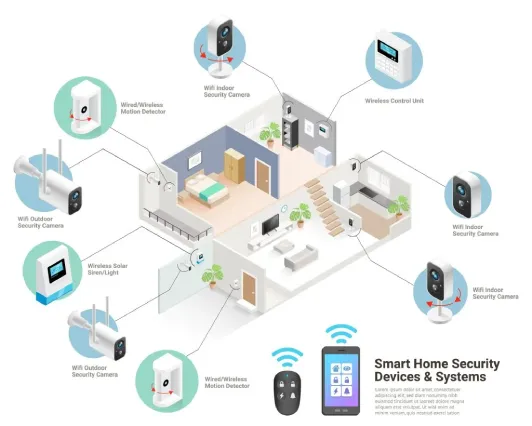
AI Home Assistants
Voice-activated AI assistants have become more capable and context-aware. The Homogenies Hub serves as a central control point for the smart home, using natural language processing and machine learning to understand complex commands and anticipate needs.
These systems now offer proactive assistance, adjusting home settings based on preferences, scheduling appliance maintenance, and even detecting potential security threats. The Homogenies Hub can also integrate with health devices to create a living environment that actively supports well-being.
Energy Management Systems
With a growing focus on sustainability, 2024’s smart home devices emphasize energy efficiency. The Cosart System uses AI to optimize energy use across all connected devices, integrating with renewable energy sources and smart grids to cut the carbon footprint and energy costs.
Advanced features include predictive load balancing, automated energy-saving modes, and detailed analytics to help homeowners improve their energy usage. The Cosart system can also work with local utilities to participate in demand response programs, helping stabilize the grid and earning credits for homeowners.
Robotic Home Assistants
2024 saw big advancements in robotic home assistants, with devices performing a wide range of tasks. The Homeobox is a versatile robot that can navigate complex home environments, clean, help with meal prep, and even provide basic caregiving for the elderly or disabled.
These robots use advanced computer vision and AI to interact with their environment safely and efficiently, learning and adapting to each household’s specific needs. The Homeobox can recognize family members, understand context-specific commands, and even anticipate needs based on learned patterns.
Tech-Review-of-2024: Entertainment Systems – Immersive Experiences at Home
Entertainment technology transformed in 2024, offering new levels of immersion and interactivity.
8K Holographic Displays
While 4K and 8K displays are now standard, 2024 introduced the first holographic displays for home use. The Hillview X1 creates stunning 3D images that appear to float in mid-air, offering an immersive experience without special glasses.
These displays are revolutionizing how we watch movies, TV shows, and games, opening new possibilities for interactive gaming and virtual meetings. The Hillview X1 uses eye-tracking to adjust the holographic image based on the viewer’s position, ensuring optimal visibility from all angles.
Neural Interface Gaming Systems
The gaming industry took a leap forward with neural interface systems that allow players to control games using thought alone. The Miniplay Console uses non-invasive brain-computer interface technology to translate neural signals into in-game actions, offering unmatched immersion and control.
This technology enhances gaming and shows promise in rehabilitation and cognitive training. The Miniplay system includes brain-training games to improve cognitive functions like memory, attention, and problem-solving skills.
Spatial Audio Systems
Audio technology evolved to create more immersive soundscapes. The Sound Sphere system uses advanced techniques to create a personalized 3D audio environment that adapts to the listener’s position and the room’s acoustics.
These systems enhance home theater setups and virtual reality experiences, providing audio that envelops the listener. The Sound Sphere can also integrate with smart home systems to optimize audio based on factors like time of day, noise levels, and even the listener’s mood.
Tech-Review-of-2024: Productivity Tools Empowering the Modern Workforce
As remote and hybrid work models evolve, 2024 brought new gadgets designed to boost productivity and collaboration.
AR Workstations
Augmented reality workstations are changing how we interact with digital information. The AR Desk Pro creates a virtual multi-monitor setup that can be accessed anywhere, allowing users to manipulate 3D models, collaborate in virtual spaces, and organize information in a 3D workspace.
These systems are especially useful in design, engineering, and data analysis, where spatial understanding is crucial. The AR Desk Pro includes haptic feedback gloves that let users “feel” virtual objects, adding a new dimension to digital interaction.
AI Writing Assistants
Advanced AI writing tools assist with content creation. The Scriba device uses natural language processing to help users generate ideas, structure documents, and even write drafts based on simple prompts.
These tools don’t replace human creativity but enhance it, helping overcome writer’s block and speeding up the process. The Scriba can adapt its writing style to match the user’s preferences and generate content in multiple languages, making it a powerful tool for global communications.
Portable Holographic Projectors
For professionals who need to present or collaborate on the go, portable holographic projectors have become essential. The Hoopoe Mini creates high-resolution holographic displays on any flat surface, allowing for quick presentations and collaborations without a traditional screen.
The Hoopoe Mini’s compact size hides its powerful features, including gesture recognition for interactive presentations and the ability to connect with multiple devices for real-time collaboration. This makes it a great tool for remote teams that need to share ideas quickly and visually.
FAQs: Tech-Review-of-2024
Q: What are the top smartphone advancements in 2024?
A: Key advancements include powerful on-device AI chips for better personalization, improved foldable and flexible displays, advanced camera systems with computational photography, and the rollout of 6G connectivity in select markets.
Q: How have wearables evolved this year?
A: Wearables now offer more than fitness tracking. They include smartwatches with non-invasive health monitoring, AR smart glasses for immersive experiences, and smart clothing that adjusts for comfort and performance.
Q: What new features are available in smart home devices?
A: This year’s smart home devices include more advanced AI assistants that anticipate needs, energy management systems that optimize consumption, and robotic assistants capable of performing various household tasks.
Q: How is entertainment technology changing in 2024?
A: Entertainment tech features 8K holographic displays for immersive viewing, neural interface gaming systems that use thought control, and spatial audio systems that create personalized 3D soundscapes.
Q: What productivity tools are available for remote work in 2024?
A: New productivity tools include AR workstations for virtual multi-monitor setups, AI writing assistants for content creation, and portable holographic projectors for on-the-go presentations and collaborations.
Conclusion: Tech-Review-of-2024
2024 was a big year for tech, with gadgets and trends showing how human creativity and technological progress can create products that improve our lives. In this Tech-Review-of-2024, we’ll explore the most exciting innovations, from cutting-edge smartphones to smart home devices, wearables, and entertainment systems.
Looking ahead, we can expect these trends to keep evolving, with even more powerful, connected, and user-friendly devices on the horizon. As you dive into this Tech-Review-of-2024, get ready to discover the amazing tech that defined this year.
